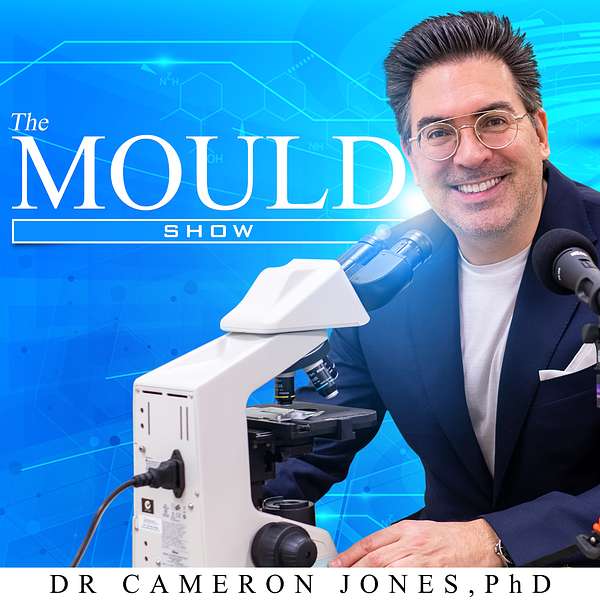
The Mould Show
The Mould Show
Multiple Sclerosis and fungi – is there a link?
This week on The Mould Show we're going to be looking at the gut microbiome and in particular some emerging research that is showing that the diversity of microorganisms found in the gut may be linked to different immune responses and may even affect the pathogenesis of conditions like multiple sclerosis, MS. I'll be reviewing two of the dominant papers in the MS literature around gut microflora and looking at this concept of species diversity. In these papers the scientists looked at the number of different microorganisms between healthy controls and MS patients. Multiple sclerosis is a neuroinflammatory autoimmune disease known to affect two and a half million people worldwide with most patients experiencing what is termed relapsing-remitting Multiple Sclerosis which as the name suggests shows periods of stasis punctuated with symptoms but overwhelmingly moves towards more frequent symptoms as the disease progresses. There are currently no known treatments for MS. However, there is an abundant literature showing that healthy lifestyle factors such as no current smoking, a healthy diet regular exercise and maintaining a low body mass index all help reduce symptoms. The two papers we're looking at today ask the question: Are there some fungi that can be measured in the gut that are correlated with MS and healthy controls? Essentially, what is the role that microbiology plays in MS?. These two papers strongly suggest that bacterial and fungal diversity is indeed connected and can differentiate healthy controls from MS patients. This research is exciting because it offers the opportunity not only for individualized testing as a risk predictor, but also the opportunity for individualized dietary modifications to be made to change the composition of the gut microflora. Both papers determined that fungi like Candida, Epicoccum, Malassezia and Saccharomyces all seem to show statistical relationships that could be a value to predict or at least classify individuals into different risk categories. Interestingly, when we drill into the literature and look at the species diversity for Saccharomyces which is a typical yeast found in breads and grains there is another set of literature that has looked at the gut microbiota and the day 28-day mortality for critically ill patients admitted to hospital. Of course, many of the underlying reasons for hospital admission includes chronic lung disease, chronic heart disease, immunosuppression, active cancer and acute kidney injury. Nevertheless, when sampling was performed, they found clear evidence that species diversity in the gut was predictive for which patients survived versus those that died? So, what to make of these facts? Well, there is an opportunity to look at what readily available compounds might be used nutritionally or therapeutically, to mitigate, delay, or reverse these diseases? One of the compounds being actively researched is called Astaxanthin and is commonly found in shellfish and lobsters and green micro algae. It’s been shown to not only possess anti-microbial or antibiotic type activity but there is emerging research it can be used for a range of neurodegenerative diseases, including stroke, multiple sclerosis, Alzheimer’s and even conditions like chronic fatigue syndrome. This research into use of astaxanthin suggests that even if it cannot be used as a topical anti-microbial (due to high dosage), it may exert its beneficial effect by altering the composition of the gut microflora at lower dosage. Other elegant research has looked at how astaxanthin has been able to protect the myelin sheath in Multiple Sclerosis models in rats. This research strongly suggests that astaxanthin exerts its effect because they help reduce inflammation and oxidative stress. We can only hope that more research into the therapeutic effects of natural compounds like astaxanthin may lead towards wide-spread use of targeted dietary modifications.